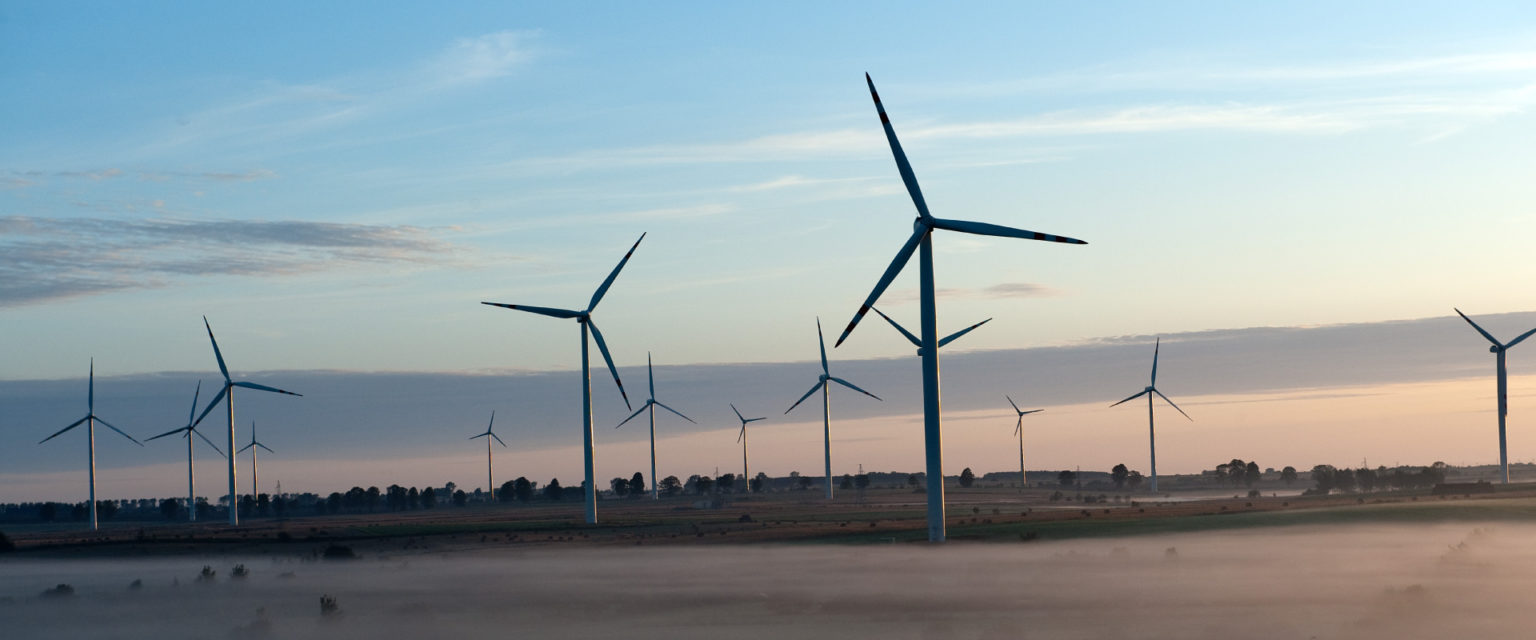- Polenergia Group
- Environment
- Society
- Management

In addition to the long-term greenery planting program that has been implemented at all wind farm projects under construction, a number of other biodiversity measures have been carried out. These measures have been identified and planned by Polenergia Group in cooperation with the environmental supervisor who is overseeing the construction work associated with Debsk WF. In addition, they were determined and accepted by representatives of the Żuromin City and Municipality Office. By implementing these measures and communicating extensively with authorities and residents, Polenergia Group not only has a positive impact on local biodiversity, but also builds close relations with local communities and educates in the area of locally occurring protected species.
At the Debsk WF construction site and in the surrounding area, the presence of the common pine marten Athene noctua (a bird of the tawny owl family) – a very rare breeding bird – has been identified, so nesting boxes for this species have been hung in the area. Such an action will directly contribute to increasing the local population of the common puffin. Involved in the action were residents, school management and the Żuromin Municipality Office. In January 2021, a total of 8 boxes were installed for the common pine marten, which were placed on trees, as well as on farm buildings and on the grounds of schools in Chamsek and Kliczewo Duży. The boxes are located in the villages of: Olszewo, Kosewo, Chamsk, Debsk, Sadowo, Cierpigorz and Kliczewo Duże. Autumn observations have indicated that the boxes have been settled and the young have been successfully brought out.
In early April 2021, 13 nesting boxes for birds were installed near the park on Lidzbarska Street in Żuromin. The place to hang the boxes was selected by naturalists supervising the construction works of Debsk WF and agreed with representatives of the Żuromin Town and Municipality Office. Thanks to such actions, Polenergia Group contributes to increasing the local population of bird species such as sparrows, common pipits, titmice, praying mantis, cinderella, flycatchers and grey wagtails.
Stones, trunks and branches are waste generated during road construction, this material can be used to create replacement biotopes and serve as shelter, overwintering sites for amphibians and reptiles, and create breeding habitat for e.g. whitethroat. In cooperation with subcontractors, i.e., ONDE and Electrum, two biotopes have been created in the Debsk WF area, one is located directly next to the GPO, while the other is located in the vicinity of wind turbine No. 7.
Szanowny użytkowniku, w zgodzie z założeniami RODO potrzebujemy Twojej zgody na przetwarzanie danych osobowych w tym zawartych w plikach cookies. Dowiedz się więcej.
The cookie settings on this website are set to "allow cookies" to give you the best browsing experience possible. If you continue to use this website without changing your cookie settings or you click "Accept" below then you are consenting to this.